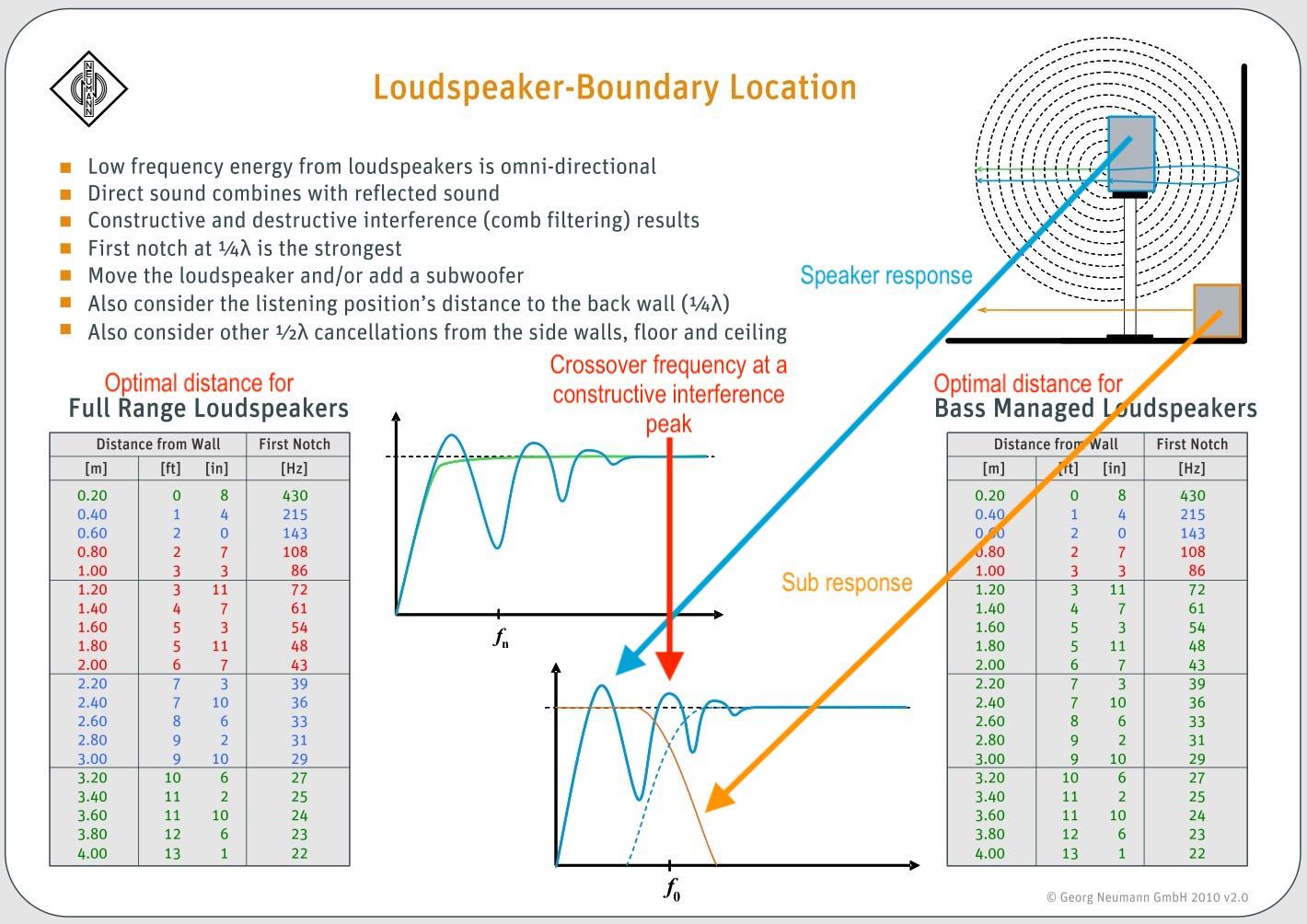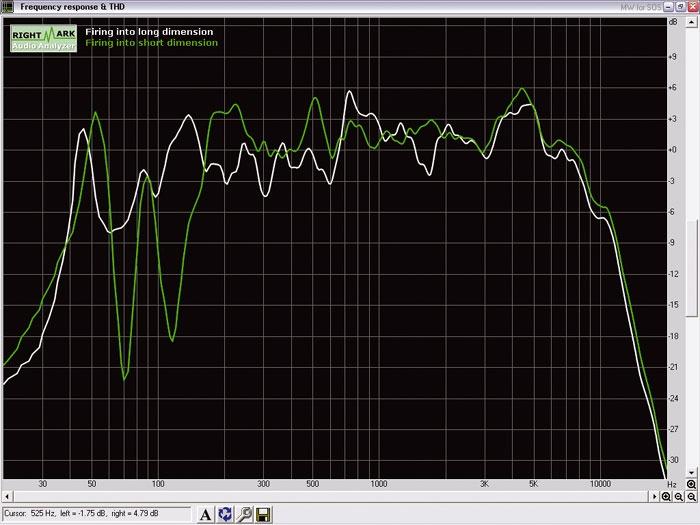naka
pfm Member
To this point, my experiences for the past 5 years in this dedicated listening room, and with at least 6 pairs of speakers (very different designs) can translate to this:
- the rule of 3rds and 5fts is my starting point
- the 1 1/2 distance to the speakers (of the distance between speakers) is my starting point
- the speakers position is easy to feel when the bass is right = tight and clear
- the equilateral triangle set-up don’t work in my room, because makes the listening position in a bad spot acoustically
- every speaker has a different position in the room
- minimum distance to the front wall = 80cm
- minimum distance to the side walls = 63cm
- average distance between speakers = 185 to 215cm (the room’s width is 362cm)
- most speakers work best without toe-in (the manufacturers recommendation) and only the Roksan Darius work better with severe toe-in.
- more distance to the speakers (usually that 1 1/2 ”rule”) work better in therms of consistency, balance, no sibilance and more air between instruments and voices… at the expense of some immediacy, soundstage spread and imaging. I prefer to have a palpable essential part of the massage than a cinemascope picture with less body. My favorite music is jazz and blues from the 1950-70’s period and I don’t have audiophile records or pressings.
In the end, although I like to know “the rules” for me they are only a starting point, because nothing substitutes hard experience. Every month I know more about the subject… and know nothing really
- the rule of 3rds and 5fts is my starting point
- the 1 1/2 distance to the speakers (of the distance between speakers) is my starting point
- the speakers position is easy to feel when the bass is right = tight and clear
- the equilateral triangle set-up don’t work in my room, because makes the listening position in a bad spot acoustically
- every speaker has a different position in the room
- minimum distance to the front wall = 80cm
- minimum distance to the side walls = 63cm
- average distance between speakers = 185 to 215cm (the room’s width is 362cm)
- most speakers work best without toe-in (the manufacturers recommendation) and only the Roksan Darius work better with severe toe-in.
- more distance to the speakers (usually that 1 1/2 ”rule”) work better in therms of consistency, balance, no sibilance and more air between instruments and voices… at the expense of some immediacy, soundstage spread and imaging. I prefer to have a palpable essential part of the massage than a cinemascope picture with less body. My favorite music is jazz and blues from the 1950-70’s period and I don’t have audiophile records or pressings.
In the end, although I like to know “the rules” for me they are only a starting point, because nothing substitutes hard experience. Every month I know more about the subject… and know nothing really



